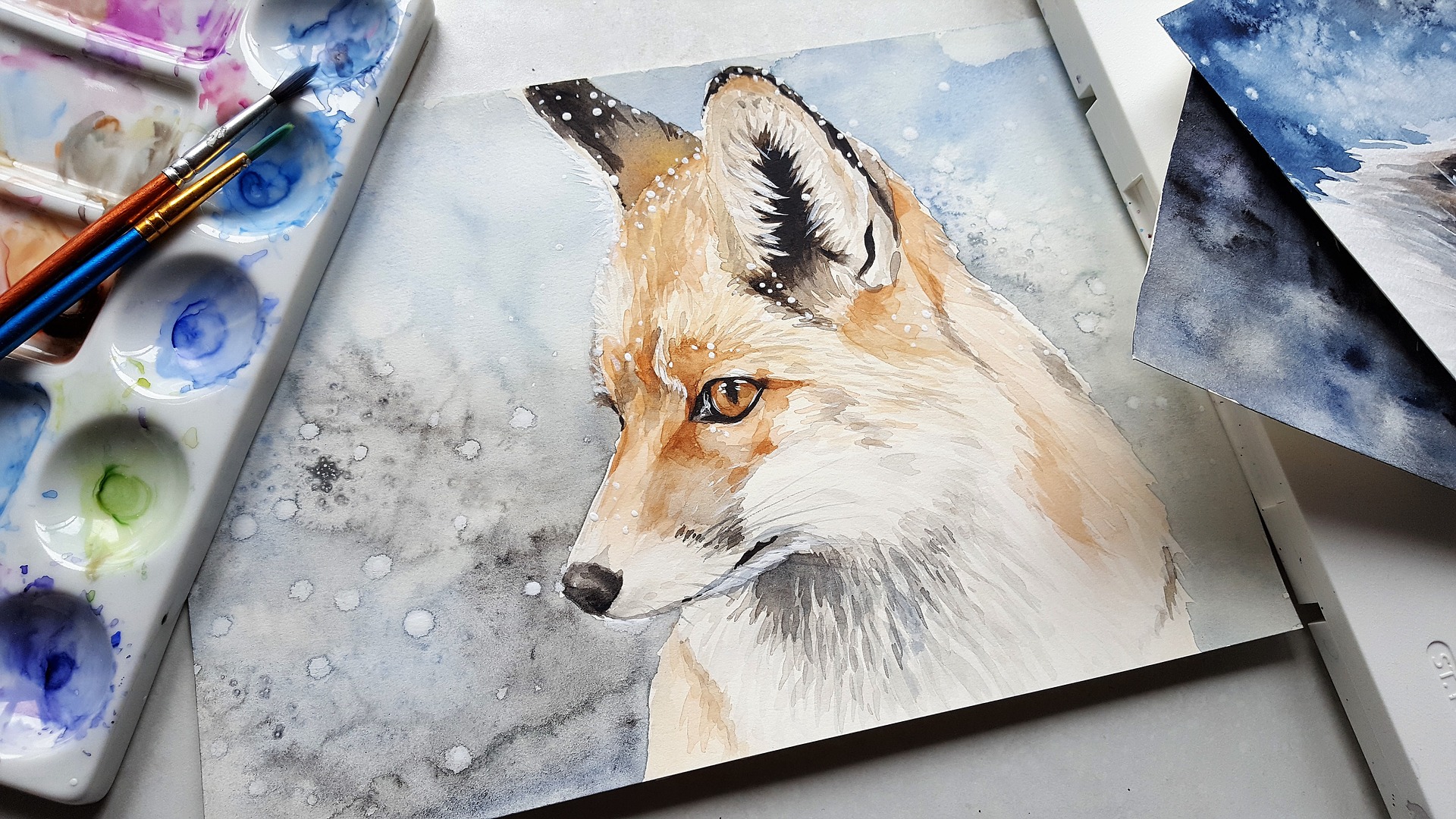Meet Sofiya Shukhova, a Singapore-based wildlife artist and conservation champion. Skilled in various mediums of art, she is particularly passionate about using her paintbrush to combat illegal and unsustainable wildlife trade and promote human-wildlife coexistence.
In Season 2, Episode 5 of Good Natured, a podcast focusing on uplifting stories surrounding conservation challenges, our hosts spent time chatting with Sofiya about her artistic process and the ways in which she works with various stakeholders, from scientists to conservation practitioners and local communities, to combine their knowledge with her art. Building bridges such as these is her way of reaching a wider audience than those typically reached by scientists. A self-labelled “artivist” (a creative combination of art and activism to communicate about crucial causes), Sofiya sees artivism as a way for artists to not just portray wildlife in their natural habitats, but to also convey stories related to the conservation or threats faced by the species of focus. Her work focuses on the threats faced by endangered species. One of her artwork series focuses on the illegal trade of Asian songbirds, portraying the conditions in which the birds are captured and caged.

The wildlife trade is a global issue of great concern to conservation practitioners. Given the current COVID-19 pandemic and rising awareness about zoonotic diseases and One Health, combating wildlife trade is one of the top priorities for conservation today. For Sofiya, living in Southeast Asia has exposed her to the wildlife trade on a regular basis, from pet stores, wild meat markets, or even in pharmacy shelves. Originally from Russia, Sofiya also mentions her previous research on exotic pet ownership in Russia and notes that many people were uneducated about the negative side to the pet trade. “A lot of people actually thought that by keeping these birds in captivity they were saving them because there is no habitat left for them or the habitat is in such poor condition that they wouldn’t be able to survive there,” she says, adding that good intentions do not necessarily lead to positive conservation outcomes.
While art is her go-to method for raising awareness, Sofiya also mentions that many individuals who collect exotic pets are actually well-versed in animal behaviour and husbandry. She suggests that such people be encouraged to work in captive breeding facilities, where they can engage actively in rewilding and restoring wild populations of exotic species.
But despite her passion for battling the wildlife trade, Sofiya sometimes finds herself overwhelmed by the sheer magnitude of conservation challenges present in our modern world. But she has found ways to recharge and renew her optimism for a better future. Says Sofiya, “Sometimes, when I’m working long hours, especially when it’s a desk-based job, I keep reading and reading everything about how nature is being destroyed and how all those species are lost. So, it’s important for me to go outside and actually see that the trees are still there.” And of course, it doesn’t hurt that she lives in Singapore, one of the greenest cities in the world and a known biodiversity hotspot!
Sofiya signs off the podcast with a fond memory: an art conservation project on pangolins in Vietnam, where she worked with the director of Save Vietnam’s Wildlife, who inspires her to remain optimistic and pour her energy into conservation artivism.
Of course, as is the case in all fields, artivism has its own stresses. Sometimes, people may not react well to the message you are trying to spread, and on other days, you may not feel confident about your own work. Yet artivism holds its own as a novel and upcoming form of science communication that passionate folk such as Sofiya are bringing into the limelight, one stroke of the paintbrush at a time!
To listen to the full podcast with Sofiya, follow the link below:


